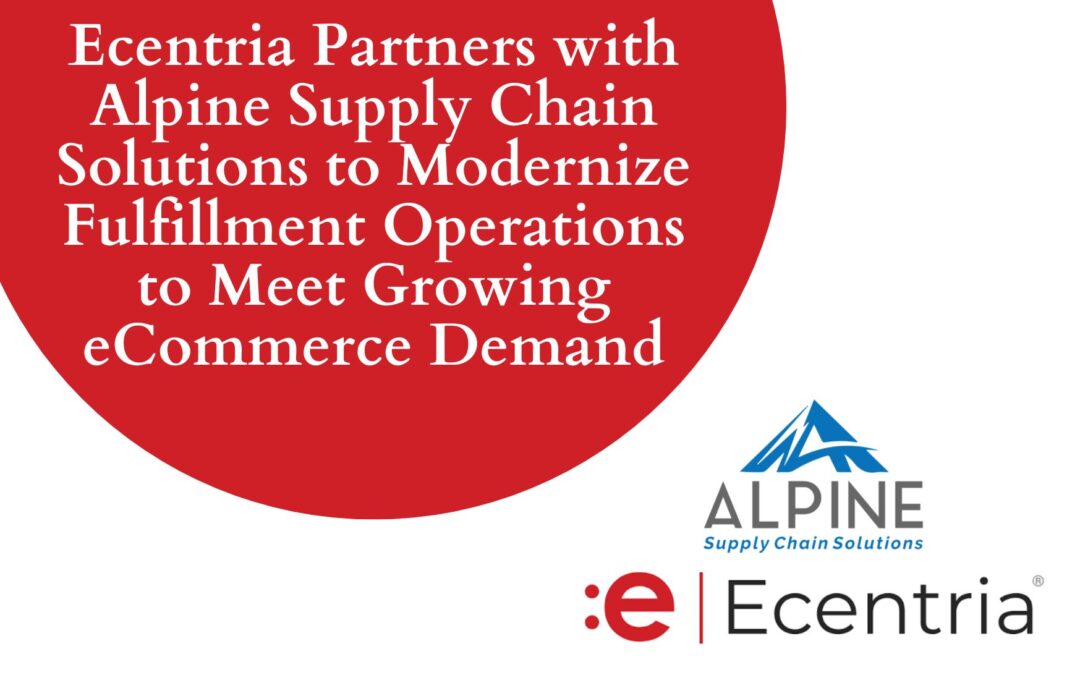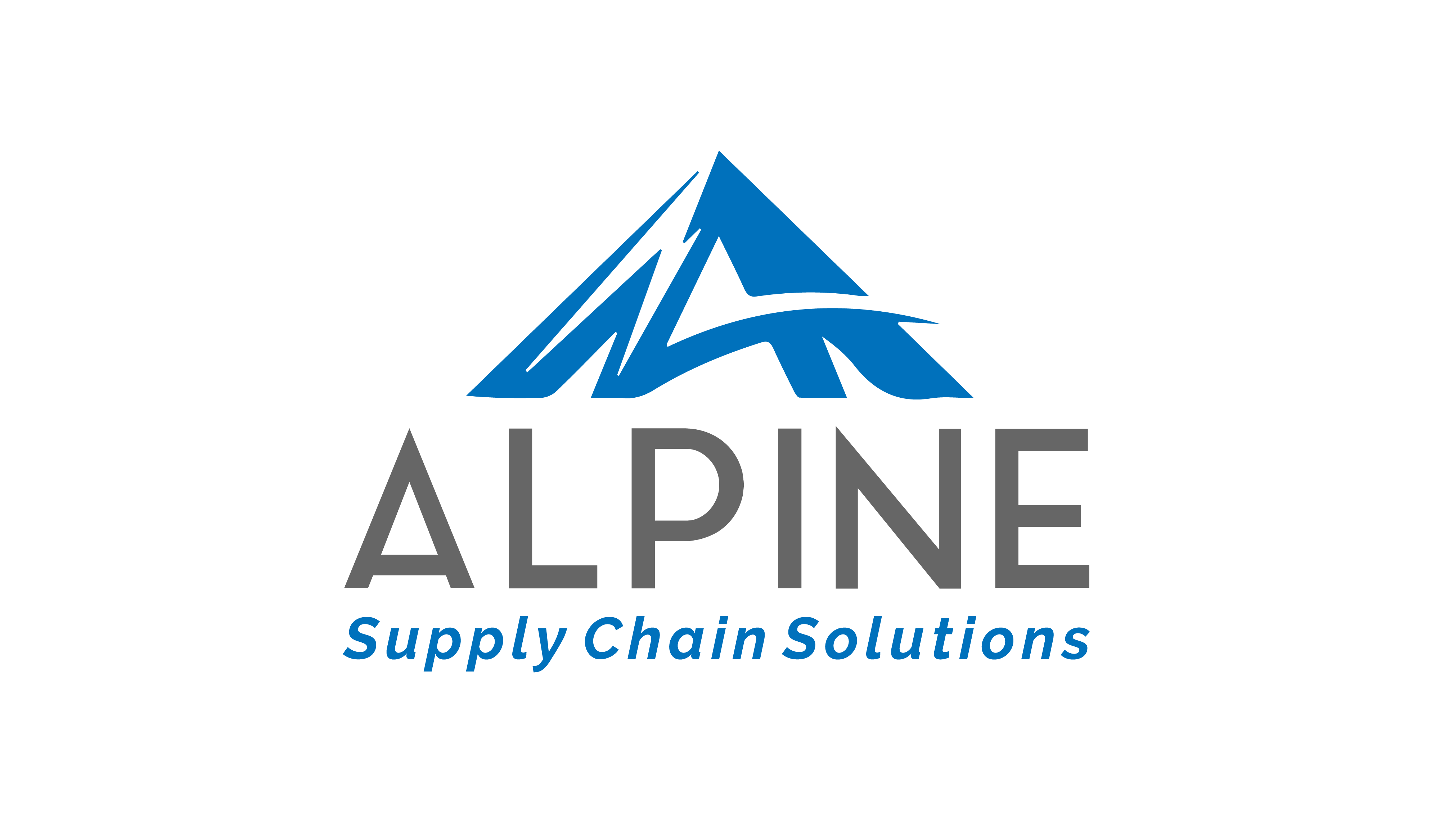
by Noelle Abarelli | Jul 5, 2023 | Guest Post, Supply Chain Technology
When it comes to deploying warehouse management systems (WMS) and labor management systems (LMS), the most common approach is to start with a WMS and then add an LMS when needed to create additional labor cost savings.
However, a growing number of organizations are finding it a best practice to implement a WMS and LMS at the same time—especially when opening new facilities without legacy operational systems in place. There are also some circumstances where it may make sense to start with an LMS.
Here’s a breakdown of the benefits of each approach:
Start with a WMS and then add an LMS
Most supply chain businesses start with a WMS. A WMS provides a broad solution to meet the wide range of needs within warehouse operations – inventory control, order fulfillment, etc. – making it the logical starting point for automating and optimizing processes.
As the operation scales and becomes more advanced, adding an LMS is a natural next step. The greater the size and complexity of the site or network of sites, the greater the need and the stronger the justification for both WMS and LMS.
These solutions work together to help address labor market challenges and other pressing issues facing warehouse operators. For instance, the WMS will improve inventory control, reduce shrinkage, and reduce order and shipment errors. Meanwhile, the LMS will improve employee interaction (coaching) and employee rewards (compensation) as well as drive increased labor productivity and retention.
Organizations that start with a WMS can improve overall operational processes—how you do the work within the facility, such as system-directed put away and replenishment tasks. Additionally, saving the LMS implementation for phase two helps the organization better absorb the operational changes and avoid overload—from the C-suite to the associates on the floor. Once the WMS is fully functioning, an LMS can then improve operational processes, generate labor cost savings and build a culture of measurability and accountability.
These days, integrating an LMS into an existing WMS is a standard process in which most combinations are either pre-existing or can be configured quickly. Most WMS and LMS are now deployed as “software as a service” (SaaS) solutions in the cloud, making deployment and integration even easier.
While many operations have gotten by with just a WMS in the past, new warehouse automation and robotics have increased the need for an LMS. Customers recognize that using advanced automation in part of the operation will reduce labor costs, but the total value is not captured unless an LMS is utilized for the remaining workforce – both for those interacting with the automation and those still in traditional roles.
In general, the higher the labor headcount—both total count and per-shift count—the greater the need will be for an LMS. And the higher the dollar value and order value of the inventory, the more sense it makes to add an LMS to the WMS.
Implement a WMS and LMS simultaneously
Implementing a WMS and LMS together is an increasingly popular choice, especially in cases where organizations are opening new facilities and creating processes from scratch. The biggest benefit of implementing the WMS and LMS together is that the operation will go through a single large transformation with one major change management program and IT effort to put a broad operational solution in place.
There’s also an opportunity to take a crawl, walk, run approach, in which the LMS portion of the project can be deployed in stages and fully ramped up over time while still generating instant operational benefits. That can mean launching the LMS at the same time as the WMS, but starting only with reasonable expectancy analysis where employees are compared to each other to see who’s picking the most and who’s picking the least. That data can then trigger coaching conversations.
Once employees get comfortable with the idea that their performance is being observed and they’re receiving feedback on it, the organization could deploy engineered labor standards via the LMS so employee performance is measured relative to what the work should take based on an engineering assessment.
The final step could be to deploy incentives, variable compensation for the associates that exceed the standards, and recognition programs. That’s an effective way to ramp up the use of the LMS over time while getting instant benefits starting with phase one.
Start with an LMS and add a WMS
There are only a few use cases that make sense for this approach, which is why it is not often used.
Organizations that start with an LMS typically are looking for speed to value – generating real savings in the form of reduced labor costs and then using those savings to help fund a new WMS program. Given that the ramp-up time for an LMS is typically much shorter than for a WMS, and that an LMS can begin paying ROI dividends in the form of reduced labor costs almost immediately, there are compelling arguments to be made for this approach.
But LMS-first would make the most sense for organizations that need to replace an outmoded existing WMS. The downside: the new LMS would first require integration to that legacy WMS and then another integration effort when the new WMS is implemented. But for organizations that have been limping along with a legacy WMS system for decades, it is a possible path forward.
LMS-first also can be a beneficial approach for organizations transforming the operational model for existing facilities. For example, if a traditional wholesale cases-and-pallets operation adopts a unit-picking model in a shift to e-commerce fulfillment, implementing an LMS first can drive the hard savings associated with labor, and that money can then be used to further fund the transformation.
LMS is an increasingly essential operational component
Whichever implementation order makes the most sense for a given organization, one thing holds true: An LMS is an essential component of the modern warehouse operation, maximizing the productivity of the associates who work there, increasing retention, and generating significant ongoing ROI.
This blog post was written in conjunction with TZA.

by Noelle Abarelli | Jun 26, 2023 | Alpine News Blog
We’re all keenly aware of the impact the COVID-19 pandemic had on supply chains worldwide, and within the pet food industry, the surge in pet ownership alone led to a variety of changes in how products are distributed. We’ve learned valuable lessons over the last three years, and we know now that awareness of some key trends can help pet players future-proof their operations so they’re better prepared down the line. Alpine’s insight on the matter was recently published in PETS International magazine, which you can read here, or see below for a summary.
Plan for growth
Fortune Business Insights predicts that mass merchandisers of pet food will remain dominant in the market. This is largely due to consumer preference for buying products from large retail stores that offer a wider variety in terms of brand and price. Growth is also predicted to occur in specialty pet food retail stores, as consumers with higher incomes are opting for organic food products more and more. Online sales of pet food are also expected to continue climbing, adding to overall growth in the industry.
Watch for acquisitions
Today, 60% of the global pet food market share is owned by five major players that are continually working to gain market dominance. To compete, some are responding with acquisitions of their own. For example, Pet Foods Experts went from running a single retail shop to servicing over 6,500 independent pet retailers, largely by acquisition.
Analyze SKU data
Picking for a traditional order profile versus an e-commerce order profile is much simpler. As our Managing Principal, Michael Wohlwend says, “Traditional order profiles have more items and the quantity of each item is higher, which allows for easier picking. In contrast, e-commerce order profiles average 1.8 items per order, which requires significantly different, more complex picking strategies.” This means pet food distributors that want to adapt must look at their entire facility layout and audit their space, flow, and usage.
Keep it fresh
The size of the US fresh pet food market is expected to grow at a yearly rate of 23.7%, meaning the pet food providers that want to remain competitive will have to make changes to how they handle refrigerated products. While using chest freezers and reefers may be an option, there comes a tipping point where adding a permanent freezer to a distribution makes more sense.
Embrace technology
The labor market continues to shrink and shipping volumes continue to grow. So, how can pet food shippers and other distributors alike stay ahead of the curve? Automation! The best feature of automation today is that it’s not meant to replace workers, but rather, to assist the ones you already have to do better work. Automated material handling can help minimize wasted time by conveyance systems, co-bots, or automated guided vehicles (AGVs) to bring items to employees, reducing travel time.
For more details on how Alpine Supply Chain Solutions helped Pet Food Experts meet growing demand, visit PETS International Magazine. If you’re looking for optimal solutions that drive maximum value to get the most out of your supply chain, Alpine Supply Chain Solutions can help. Reach out today!

by Noelle Abarelli | Mar 21, 2023 | Alpine News Blog
NAPLES, FL, USA, March 20, 2023 /EINPresswire.com/ — Alpine Supply Chain Solutions, a boutique consulting firm focused on maximizing supply chain investments, today announced the completion of a supply chain execution planning initiative with Ecentria, a top purveyor of high-performance technical gear. The project included a Distribution Network Analysis, a Storage Type Analysis, and a Goods-to-Person (GTP) Evaluation to help Ecentria map out their future distribution network to meet growing e-commerce demand.
When Ecentria’s eBusiness platform experienced 200-300 percent growth in a single calendar year, they knew their unstoppable platform needed an unstoppable distribution network. They tapped Alpine Supply Chain solutions for help scaling to meet e-commerce demand. Alpine used Ecentria’s year-over-year sales data to demonstrate service level improvements and associated costs of adding an additional distribution center (DC) to their network. In the end, the company determined a two DC network and the addition of OPEX Goods to Person technology was the right path forward.
Ecentria will be presenting their success story at ProMat 2023 in Chicago on Monday, March 20, 2023, at 10:30 am in the Emerging Technologies & Sustainability Theater. The session will cover how automated material handling systems and supply chain solutions will help Ecentria increase slotting and picking efficiency, reduce replenishment time and labor, improve space utilization for a reserve storage area, and develop a facility that’s flexible for future growth.
About Alpine Supply Chain Solutions
Alpine Supply Chain Solutions, based in Naples, FL, is a supply chain consulting company driven to ensure their clients get the most value from their investments. Their approach to every project starts with the data and ends with a cost justifiable solution. With deep roots in industrial engineering, Alpine’s approach is unique. For more information, please visit: http://www.AlpineSupplyChain.com
About Ecentria
Ecentria is a technology-enabled eBusiness Platform and the corporate parent of OpticsPlanet, Inc. (“OP”), CampSaver, LLC (“CS”) and USIQ, Inc. (“USIQ”) – the recognized Purveyors of high-performance and technical Gear, and leading destinations for enthusiast customers of the “Greater” Outdoor, Sporting Goods, and Tactical consumer markets and Heroes of Law Enforcement, Military, and Public Safety. These business units are supported by Ecentria DC (“EDC”), a state-of-the-art fulfillment center located in Aurora, IL.
http://www.OpticsPlanet.com, the flagship store of OpticsPlanet, Inc., currently offers over 1 million items from over 3,700 brands in over 500 specialty categories. OpticsPlanet.com has a wide selection of outdoor sporting goods, military and law enforcement gear, as well as scientific products and eyewear. The retailer was recognized for over twelve straight years by Internet Retailer Magazine as one of the top 200 e-retailers in the United States.

by Noelle Abarelli | Nov 8, 2022 | Alpine News Blog
When MJ Holding, the largest North American distributor of trading cards and novelties to retail stores, found they were conducting business out of five buildings, they knew it was time to make a change to their warehouse operations. Conveyor Solutions, Inc. (CSI) was brought in to assist with consolidating operations into a new 360,000-square-foot facility. And, CSI tapped Alpine Supply Chain Solutions to help define the facility’s storage methodology and workflows.
With a footprint that spans 8,000 retail stores in the United States and Canada, including chains like Target and Walmart, MJ Holding releases around 550 new products each year. With such a comprehensive inventory, Alpine started with a thorough analysis of its data. All retail and e-commerce sales were analyzed and storage type analysis (STA) was performed to help design the best layout possible for picking operations. A sensitivity analysis of the top 5% of inventory items was also completed to uncover additional efficiencies for the operation.
The data found that 35% of MJ Holding’s inventory moved too slowly, and 5% of it moved too quickly for the planned case flow picking setup, which could lead to significant replenishment issues down the line. With this information in hand, Alpine developed a three-level pick module separated into 12 zones, ensuring each employee is able to get a full day’s worth of work completed.
The new layout led to:
- The ability to pick the equivalent order volume in 57% of the original time
- A 43% reduction in labor for peak one-day order file
- The ability to handle 30,000 orders a day, instead of 12,000
Alpine’s data analysis spotted a trend in MJ Holding’s growing e-commerce activity, which helped them move forward with implementing an e-commerce platform to foster their interaction directly with consumers. The best part? The platform went live in the fall of 2019, so when the pandemic hit in March 2020, they were well-positioned to meet growing demand without batting an eye.
For the full story, check out Inbound Logistics’ feature. If you’re looking for assistance in your warehouse, reach out! We’re here to ensure you get the most out of your supply chain investments.

by Noelle Abarelli | Apr 8, 2021
New peaks in e-commerce sales have driven warehouse employment levels to reach all-time highs. With more jobs available than job seekers, it’s no wonder that more warehouse operations are turning to smarter, more versatile automation solutions, namely robotics. Much has been written about Autonomous Mobile Robots (AMRs) and their ability to increase worker productivity, lower labor costs, and enable organization to scale their workforce as needed, but achieving these goals requires an understanding of what to automate and how.
In this webinar, we focus on the areas where AMRs can most effectively be used to eliminate unproductive activities in order to significantly improve productivity and lower cycle times. You’ll walk away with an understanding of the type of AMRs available and the operational models where each robot functions best.






